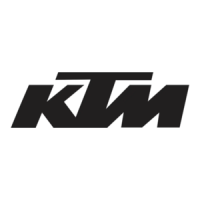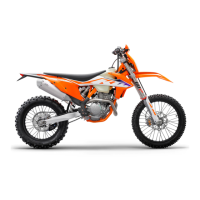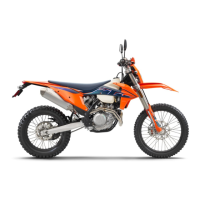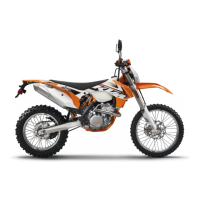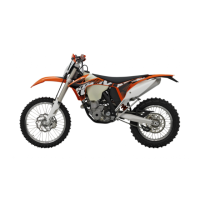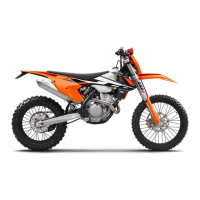Why KTM 350 EXC-F 2021 Motorcycle engine does not speed up?
- AAllen BarkerAug 20, 2025
If your KTM Motorcycle engine isn't accelerating as it should, here are a couple of things to investigate: * An error in the electronic fuel injection. Read out the fault memory using the KTM diagnostics tool. * A defective ignition system. Check the secondary winding of the ignition coil, the spark plug connector, and the stator winding of the alternator.
